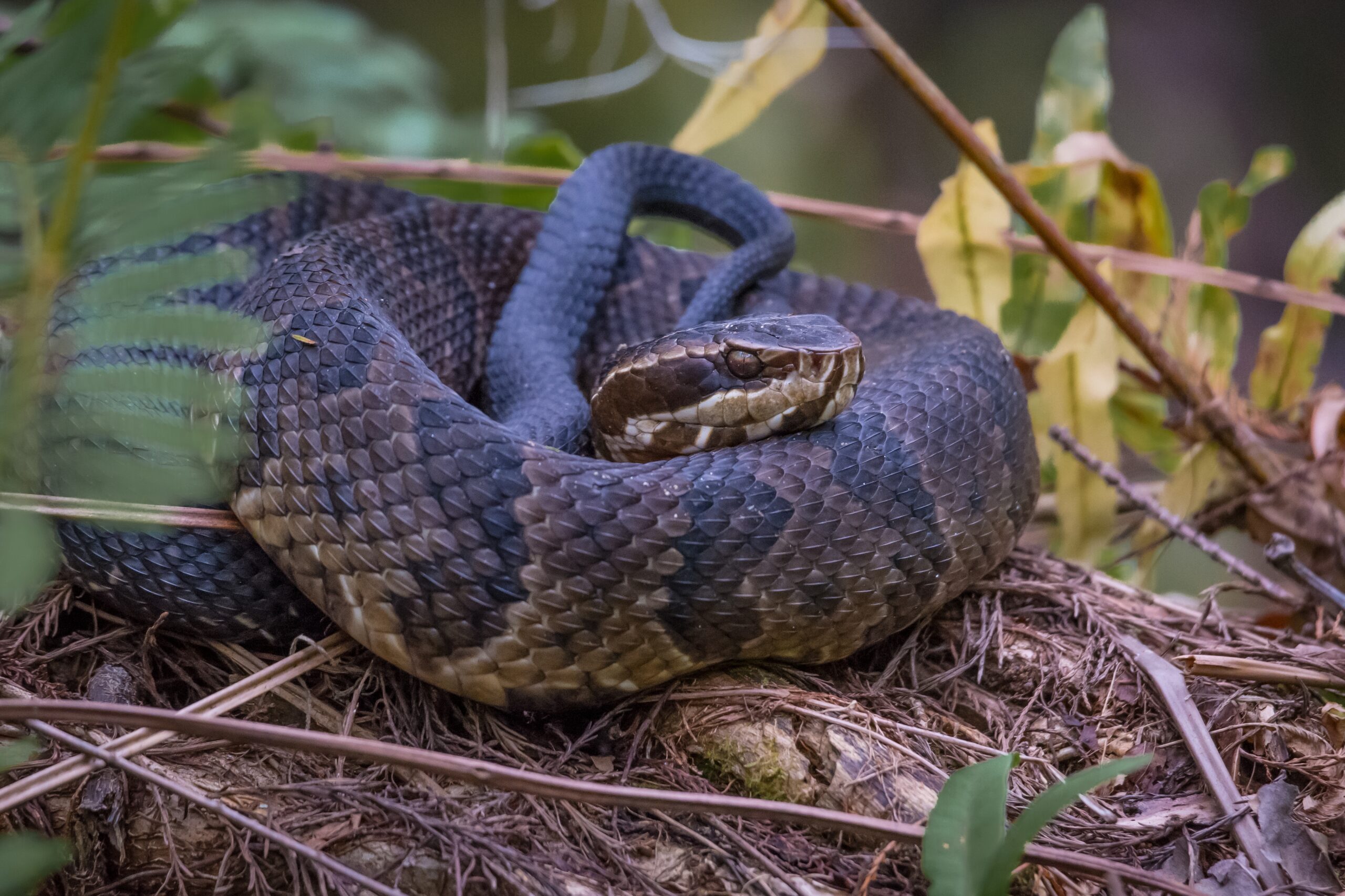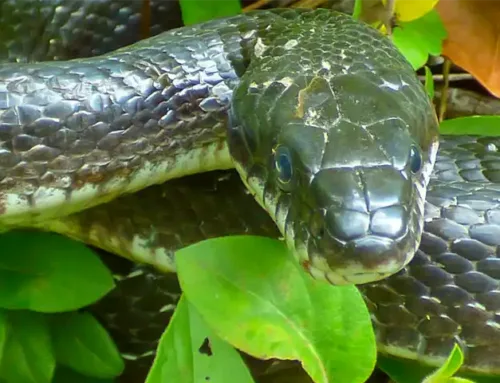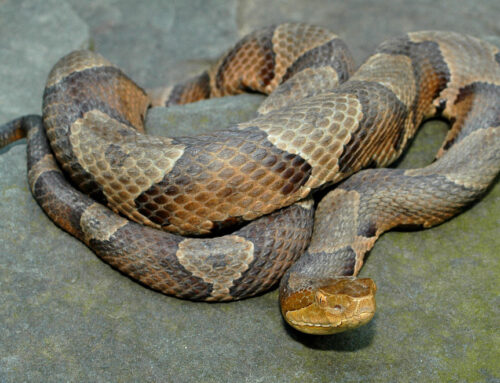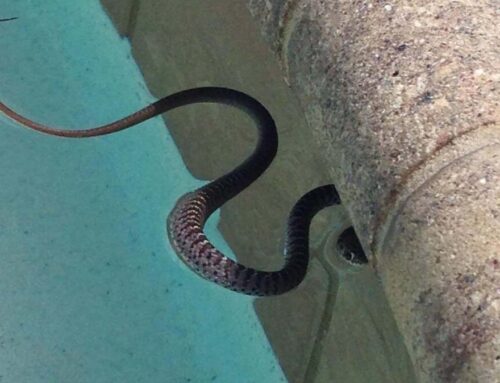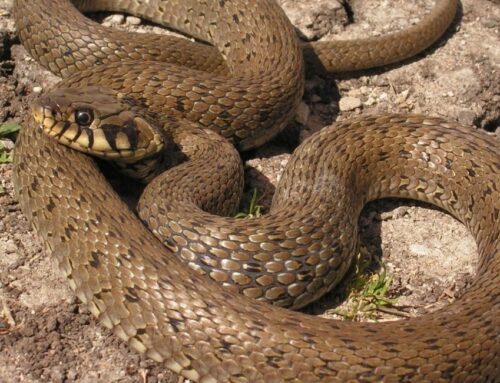As the weather warms up in the spring, snakes will emerge from their winter hibernation (properly known as brumation) to bask in the sun. Before you head outside for yard work, or on that hiking trail, there are some important Snake Safety Tips for Virginia in the Spring.
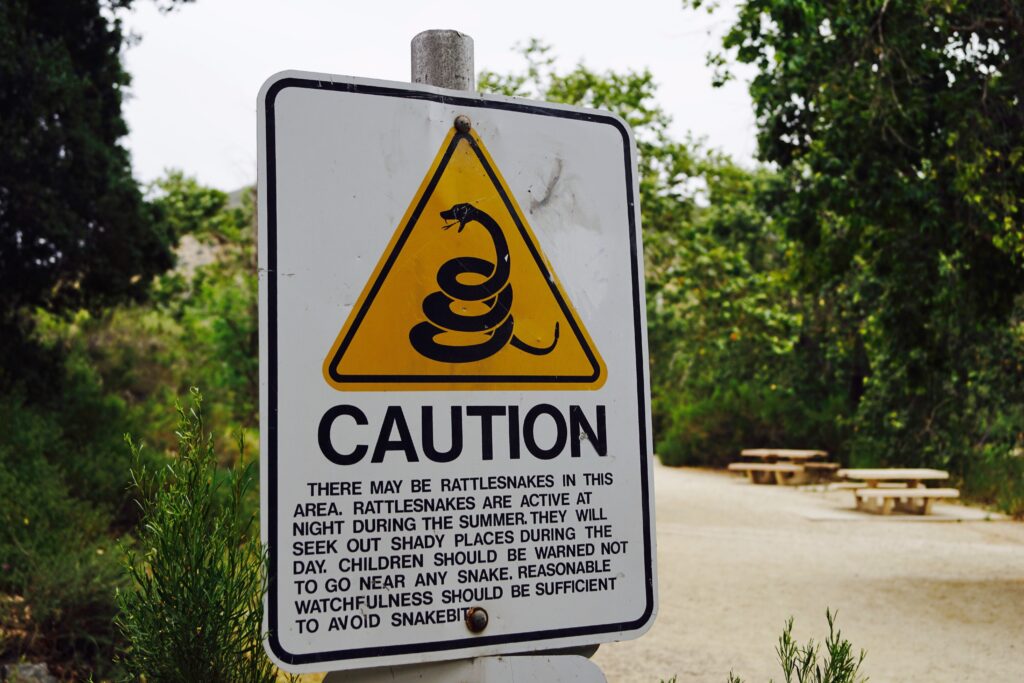
Snakes may be found in Virginia in 32 different species. Only three of them are poisonous, and they’re known as pit vipers because of the pit between their nose and eyes. Cottonmouth, Copperhead, and Timber Rattlesnake are the most common pit vipers found in Virginia. Only the Copperhead and the Timber Rattlesnake can be found in Southwest Virginia. Cottonmouths (sometimes known as water moccasins) can be found predominantly in southeastern Virginia.
Most human-snake contact in Virginia is not dangerous since most snakes are non-venomous. However, if you are bitten by a poisonous snake, the consequences can be severe, therefore knowing the difference between venomous and non-venomous snakes is critical. Take into account the following information.
Snake Safety Tips
1. If you come across a snake, the best course of action is to let it alone. Hundreds of would-be herpetologists and snake charmers are bitten every year while attempting to capture or kill a snake. Snakes have been known to bite as a reflex action, even when they are dead. Every year, about 7,000 venomous snake bites are reported in the United States. Nine to fifteen of these are deadly. Over half of the bites were caused by people attempting to touch or kill the snake. If you come across a venomous snake, you should always leave the area. You’ll have a far lower chance of being bitten if you do this.
2. Poisonous snakes usually have elliptical pupils and a single row of scales on the underside of their tails. Snakes with non-poisonous pupils and two rows of scales on the underside of their tails are non-poisonous.
3. When rattlesnakes are approached or agitated, their tails vibrate rapidly, emitting a distinctive rattling sound to warn intruders of their existence. When rattlesnakes are disturbed, not all of them “rattle.” As a result, you must pay special attention to where you walk, sit, and place your hands when in rattlesnake territory. Rattlesnakes can be found in woodlands, sand dunes, rocky hillsides, grasslands, and mountain forests across Virginia. They can be found at altitudes ranging from sea level to timberline.
4. If you hear a rattlesnake “rattle,” remain still until you can pinpoint the source of the sound. Make no attempt to jump or run. If you do, you may find yourself within striking distance of the snake.
5. Snakes are protected by Virginia state law since they are classed as non-game animals. A live wild snake cannot be collected or possessed.
6. Snakebites that aren’t venomous aren’t dangerous. The only thing to be concerned about is the possibility of infection. If you’ve been bitten, clean and disinfect the wound as if it were a cut or abrasion. Venomous snake bites cause edema and discoloration of the surrounding tissue very immediately. Tingling, nausea, a quick pulse, loss of muscle coordination, and weakness are some of the other symptoms. Rattlesnake bites will also have two distinct fang markings (punctures) as well as additional teeth marks.
Snake Bite Health and Safety Tips
There are various things that should not be done if someone has been bitten by a deadly snake.
- Allow no physical activity, such as walking or running, for the person.
- If the person needs to be transported, carry him or her.
- Applying a tourniquet to the area above the wound or a cold compress to the bite location is not recommended.
- Do not sever the bite.
- Do not administer stimulants or pain drugs to the victim unless a physician has prescribed them, and do not give the victim anything by mouth.
- Do not try to suction the venom from the bite region above the level of the heart, since this may cause more harm than good.
All poisonous snake bites should be treated as potentially fatal. Time is of the essence when someone has been bitten by a deadly snake. If at all possible, contact the emergency room ahead of time so that anti-venom is available when the victim arrives. To limit the flow of venom, keep the victim quiet, restrict movement, and keep the injured area below the level of the heart. Soap and water should be used to clean the bitten area. Because the affected area will swell, remove any rings or restricting things. To decrease swelling and discomfort, cover the bite with a clean, moist covering. Keep an eye on the victim’s vital signs (pulse, temperature, breathing, blood pressure). If the person is showing indications of shock, lie them flat and cover them with a warm blanket. Get medical care right away. If it is possible to do so without risking more harm, bring the deceased snake in for identification.
